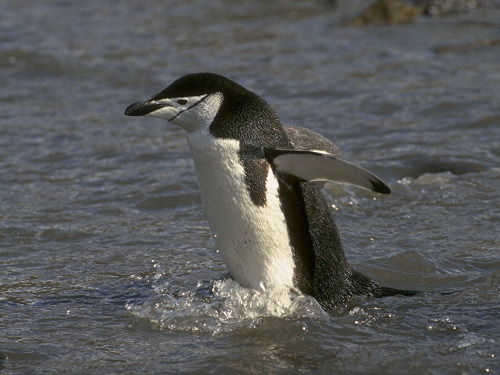Antartic Wildlife Adventure

List Price: $19.95
Our Price: $16.99
You Save: $2.96
Click
here
and order now! |
Video Description:
Set sail with a family of real-life explorers for the
most remote and starkly beautiful continent on
earth - Antarctica. Aboard the 50-foot schooner Damien
II, a husband-wife naturalist team and their three sons will guide you
on the voyage of a lifetime. Rocky coasts, azure blue seas, and magnificent
towering icebergs set the backdrop for a wide variety of wildlife as you
navigate south through the islands of the pristine Antarctic peninsula.
From the deck of the small craft you will see humpback whales perform a
graceful underwater ballet. And while on shore, you will mingle with three
species of penguins as well as marvel at young elephant seals at play. |
